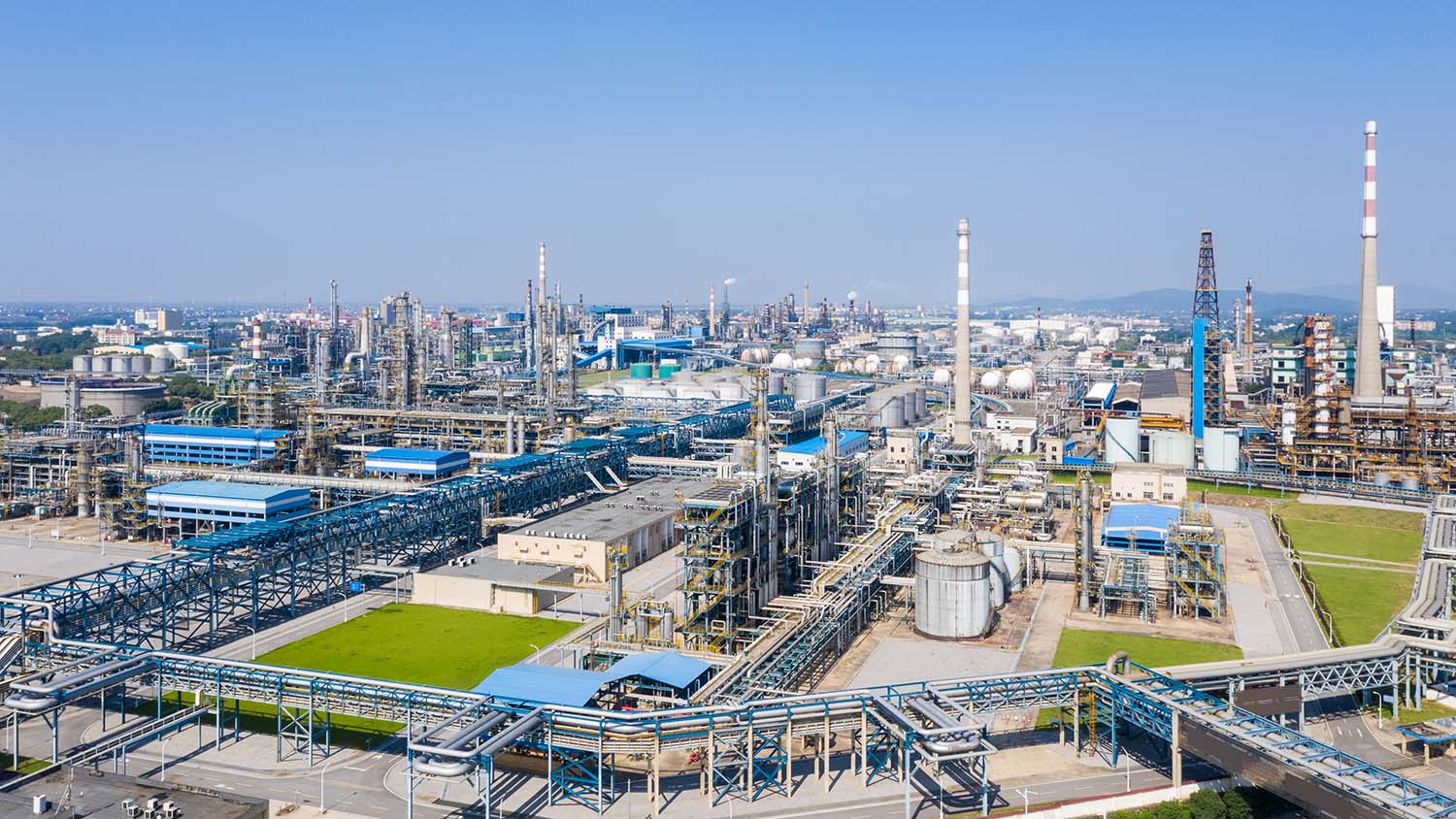
We Need Carbon Removals
According to the Mark Carney-led Task Force on Scaling Voluntary Carbon Markets, concerns with carbon offset quality is one of the primary barriers to investors and companies engaging in carbon markets. Carbon offset buyers are right to be skeptical. The carbon market has historically relied on credits that have weak additionality claims, result in carbon leakage, and are impermanent. In some cases, carbon offsets are straight up fraudulent. At Frostbyte, we believe there is a better way.
Carbon offsets can generally be categorized into two types. Those that result in an avoided tonne of carbon emissions and those that result in a tonne of carbon being removed directly from the atmosphere. Let’s start with the avoided tonne. If I am a project developer that builds a solar farm, I can create an avoidance offset credit. The basis of the emissions avoidance claim goes like this: because this activity generates electricity without the combustion of fossil fuels, it should earn an offset credit. But the avoidance of fossil fuel combustion simply means that no carbon is emitted to atmosphere. If one avoidance offset credit it sold to someone else, it will likely be used to neutralize one tonne of carbon emissions from fossil fuel combustion (or some other emitting activity). The result is a net increase to atmospheric carbon: zero tonnes emitted by the solar farm operator and one tonne emitted by the offset credit purchaser.
An avoidance-based offset credit should not permit someone to emit elsewhere. Which is exactly what a carbon offset is - a permit to emit. In other words, the creation of an avoidance credit allows for someone else to emit carbon and global atmospheric carbon continues to increase. This is why avoidance credits are under scrutiny as a mechanism to mitigate global climate change. It may be better than nothing, but it is hardly a strategy to eliminate emissions in an effort to reach net zero by 2050.
Removal credits are better, but still present challenges. With removal credits, one tonne of carbon is removed from atmosphere for every tonne that is emitted to atmosphere. The total level of atmospheric carbon remains unchanged. Sounds good, right? Think again. Most removal credits rely on natural processes whereby soil and trees bind-up carbon in biomatter. Biological carbon sequestration can easily be reversed. Trees can eventually be cut down or burned. Soil can be plowed by farmers. When this happens, previously sequestered carbon is emitted to atmosphere. In most cases, biological carbon sequestration only last for a couple of decades. While binding up carbon in biomatter for a few years is helpful, it is not the long-term solution for reducing atmospheric carbon. Removal credits are not a complete bust, but they are a distraction from what is really needed to stabilize the earth’s climate in the long term.
We need to remove carbon from the atmosphere, but we can’t rely on temporary carbon sinks. We need to sequester carbon permanently - on a geological timescale. That is the only way to get atmospheric carbon concentrations back to pre-industrial levels.
The problem is that it is very expensive to remove carbon from the atmosphere and permanently sequester it. Carbon offset purchasers are just beginning to understand the necessity of carbon removal and few technology providers are focused on this space. This is where Frostbyte comes in. We are helping our client source high integrity offset credits that allow for removal and permanent sequestration technologies to be scaled up commercially. We are also working with carbon offset purchasers to understand the carbon footprint of their operations and supply chains.
If you would like to help us with our mission, please get in touch. A better future depends on you.
Please Get in Touch
Our sustainability services are cost effective and the broadest in the industry. We’ve worked with countless businesses around the world, including those in the energy, mining, chemical, and construction sectors. Our philosophy is that environmental management is the day-to-day work, while sustainability management is the message behind the work. Ultimately, our goal is to ensure that your organization meets the latest standards in Environmental, Social & Governance ratings while also balancing the needs of people, the planet and your profits.
Contact Us Today: https://www.frostbyteconsulting.com/about/contact/
